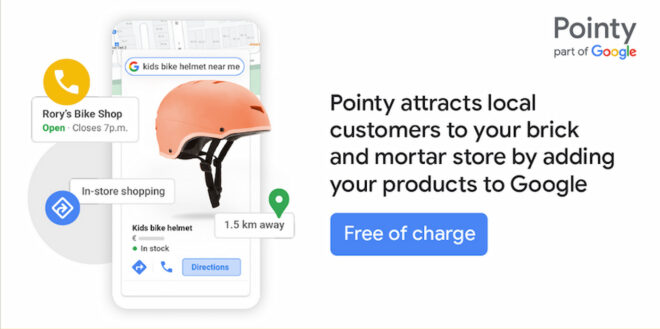For one, it can save you some money. Things like sustainable packaging, bicycle delivery, and even energy-efficient lightbulbs can have a big impact on reducing costs over time. In addition, the modern shopper is more concerned with ESG (Environmental, social, and governance) than ever before, and they want to associate with brands and businesses who they feel are doing the right thing for the world. By taking visible steps toward sustainability, you can help create trust with your customers and attract new ones along the way.
Here are five easy ways to go green (while saving a little green) as a small business.
1. Make green initiatives part of your company culture
Company culture is a hard thing to define, and an even harder thing to be prescriptive about. However, if you take some simple steps, you can build a culture of green thinking and sustainability within your business that can have a big impact over time. The more green your company culture is, the more you’ll attract employees and customers alike that have the same priorities.
Think about simple green small business initiatives like offering composting, starting a community garden, or extending your employees the opportunity to volunteer and/or get involved in local sustainability efforts. If sustainability is a passion for you, you can make it a passion for your business and people may follow along. Remember, as the owner or manager of a small business, you can and will have a huge impact on company culture. So consider also leading by example. If employees see you recycling, conserving energy, volunteering, or being an advocate for the Earth, they’ll be more inclined to do the same.
2. Take small steps toward energy conservation
Conserving energy within your business is another step you can take to help reduce your carbon footprint while simultaneously saving money. There are simple things you can do like turning off all your electronics when they’re not in use. You can also invest in light-timers that automatically shut off at the end of the day, or motion sensors that cut your lights when no one’s using the room.
Make sure you also look into energy-efficient options for any appliances your business might need such as refrigerators, dishwashers, coffee makers, electronics, and more. Investing in energy-efficiency early can mean more money in your pocket down the line.
3. Consider how your employees are getting to work
If you have a lot of employees, all of those people are contributing to your business’s carbon footprint. While you shouldn’t be overly prescriptive about how your employees get around, there are some steps you can take to incentivize and support greener transportation for the people that make up your business.
For one, you could subsidize public transit. Naturally, this is location-dependent, but paying for your employee’s subway cards or bus tickets can go a long way toward reducing your overall carbon footprint. Plus, it’s a really appealing perk for both attracting and retaining employees. Other things like allowing bike-storage in the workplace, or even helping to organize a carpooling system for your staff, can help build sustainability into your business’ culture.
4. Save a tree by going paperless
These days, it’s common enough to confirm your purchase on a digital touch screen connected to a POS device and receive your receipt via email. Embracing the increasingly paperless world of commerce can help minimize your impact on global deforestation and reduce landfill waste.
In addition, digitizing some of your work systems can help ease some very common business headaches like tracking cash flow and inventory, both of which are easier and faster if done digitally. That means more time for you, the business owner, to focus on things like business development, employee training, or just living your life!
5. Host an environmental fundraising event
A great two-birds-one-stone step you can take is hosting an environmental fundraising event or community activation at your business. There are tons of localized conservation campaigns your business can take part in or raise money for — like tree planting, waterway cleaning, or even raising funds for environmental studies scholarships. You can pick a cause that you align with and make it an annual event! Over time, the impact you have on the environment, both regionally and globally, can be quite significant.
The second positive here is that it’s a great way to engage with your community, and even attract new customers. Having your business host a gathering of like-minded people can be an excellent and meaningful networking opportunity. You’ll be able to engage with your community in a way that isn’t strictly about commerce, and build tons of good will toward your business. You will also most likely attract some participants who, until that moment, hadn’t been customers of yours, but may be now that they know you like to show up for the community and the planet.
Remember, while it’s not your responsibility to save the world, all of us have a role to play in the climate crisis, and considering these examples of green business practices above can have some real tangible benefits for your company. It could save you some money, give you back some time, and even help build out and strengthen your local network. Whether you’re building community involvement into your brand, or just making an ecological lighting choice, there are hardly any downsides to going green.
Other articles you may like






